Did you know that raid composition in World of Warcraft (WoW) can greatly impact the success of your raid group? In fact, choosing the right combination of classes and roles is crucial for achieving optimal performance. With raids becoming increasingly difficult and complex, it’s essential to have a well-balanced team that can handle any encounter.
In this article, we will delve into the intricacies of raid composition and explore how different classes and roles contribute to the overall success of the raid. We will discuss the important roles tanks play in absorbing damage and controlling enemy aggression, as well as the vital role healers play in keeping everyone alive. Additionally, we will examine DPS classes and how they maximize damage output, while also considering crowd control abilities that can be game-changers in certain encounters.
Furthermore, buffs and debuffs will be explored as essential tools for enhancing raid performance. Balancing ranged and melee DPS is also crucial to ensure flexibility in different situations. Lastly, we will discuss how raid composition should adapt to different encounters, taking into account specific mechanics and strategies.
With this knowledge at hand, you’ll be better equipped to assemble a successful raid group capable of conquering even the most challenging encounters in WoW. So let’s dive in!
Understanding the Role of Tanks in Raid Composition

Tanks are the fearless protectors of the raid, bravely standing in harm’s way to shield their comrades from certain doom. In raid composition, tanks play a crucial role in ensuring the survival and success of the group.
One key aspect is the importance of tank rotation, where different tanks take turns in soaking up damage and managing threat. This rotation allows for better survivability as it prevents any one tank from becoming overwhelmed or fatigued.
Additionally, tank positioning is vital for effective aggro management. Tanks must position themselves strategically to draw enemy attention away from other raid members and maintain control over the fight.
By mastering these skills, tanks can create a stable foundation upon which healers and DPS can perform their roles effectively.
Now let’s delve into the crucial role of healers in raid composition without skipping a beat.
The Crucial Role of Healers in Raid Composition
You can’t underestimate the vital importance of healers. They are the lifeline that keeps your party alive and fighting in the most intense battles. In raid composition, healers play a crucial role in ensuring the survival of the group.
Each healer specialization brings its own unique abilities and strengths to the table. Some specialize in healing over time, providing a steady stream of healing to counter sustained damage. Others excel at burst healing, rapidly topping up health bars during intense moments.
Mana management is another critical aspect for healers, as their spells consume this valuable resource. Balancing their healing output with mana conservation is key to sustaining their effectiveness throughout an encounter.
Transitioning into the subsequent section about maximizing damage output: dps classes in raid composition, it’s important to strike a balance between survivability and offensive power to ensure success in challenging encounters.
Maximizing Damage Output: DPS Classes in Raid Composition

In order to maximize your raid’s damage output, it’s crucial to understand the different DPS classes and their roles. Each class brings unique abilities and playstyles that can greatly impact the success of your group.
Additionally, mastering rotation and cooldown management is essential for DPS players. It allows for optimal damage output during encounters. By carefully coordinating these aspects within your raid composition, you can ensure a formidable force that’ll conquer any challenge that comes your way.
Different DPS classes and their roles
Warriors and rogues, with their swift attacks and deadly precision, are essential DPS classes that excel at dealing high burst damage in raid encounters. Comparing burst and sustained damage, DPS classes play a crucial role in raid composition. While warriors rely on their brute strength to unleash devastating blows, rogues utilize stealth and cunning to exploit enemy weaknesses. Additionally, both classes provide valuable utility to enhance raid performance. Warriors can tank enemies, soaking up damage and protecting the group, while rogues bring crowd control abilities to disable dangerous foes. In a raid setting, it is important to balance these DPS classes for optimal effectiveness. The table below highlights the unique strengths of warriors and rogues in terms of burst damage, sustained damage, and utility.
| Class | Burst Damage | Sustained Damage | Utility |
|---|---|---|---|
| Warrior | High | Moderate | Tanking |
| Rogue | Moderate | High | Crowd Control |
Understanding the different roles of DPS classes is essential for successful raid composition. Transitioning into the next section about ‘rotation and cooldown management’, we delve deeper into how these classes maximize their potential during encounters without missing a beat.
Rotation and cooldown management
To maximize your potential in combat, it’s crucial to master the art of rotation and effectively manage cooldowns. Rotation optimization is key to maximizing your damage output as a DPS class. Each class has a specific rotation, or sequence of abilities, that should be followed for optimal performance. Learning and perfecting this rotation is essential for dealing consistent and high damage.
Additionally, cooldown prioritization is important for managing powerful abilities with long cooldowns. Knowing when to use these abilities can greatly increase your burst damage potential during key moments in a fight. Cooldown management also involves tracking the duration of buffs or debuffs that affect your abilities, ensuring they are used at their most potent state.
By mastering rotation optimization and cooldown prioritization, you can become a formidable force on the battlefield.
Transitioning into the importance of crowd control in raid composition, coordinating crowd control abilities with other members of your raid team can provide valuable control over enemy mobs and significantly contribute to the success of an encounter without overwhelming them with unnecessary information.
The Importance of Crowd Control in Raid Composition

Imagine yourself in a raid, where your team’s success hinges on the delicate balance of classes and roles, but without crowd control, chaos reigns and enemies overwhelm you. The importance of communication and coordination in crowd control cannot be overstated.
In order to effectively manage crowd control in raid encounters, it is crucial for every member of the team to understand their role and execute it flawlessly. Assigning specific players to handle crowd control abilities such as stuns, silences, or polymorphs ensures that the right targets are controlled at the right time. Additionally, proper target prioritization and timing are key strategies for managing crowd control efficiently.
By coordinating these abilities with other mechanics like interrupts or damage cooldowns, teams can gain a significant advantage over their opponents. Mastering crowd control not only prevents wipes but also allows for smoother progression through challenging encounters.
Transitioning into the subsequent section about ‘buffs and debuffs: enhancing raid performance’, optimizing class compositions will further boost your team’s overall effectiveness.
Buffs and Debuffs: Enhancing Raid Performance
To optimize raid performance, it’s crucial to understand the importance of class-specific buffs and debuffs.
Each class brings unique abilities that can significantly enhance the overall damage output or survivability of the raid group. By strategically distributing these buffs and debuffs among different classes, you can maximize their effectiveness and ensure a well-balanced raid composition.
Therefore, careful consideration should be given to selecting the right combination of classes in order to fully optimize buff and debuff distribution for a successful raid.
Class-specific buffs and debuffs
With class-specific buffs and debuffs, each raid member becomes a vital piece of the puzzle, their unique abilities interweaving to create a harmonious symphony of power. These class-specific synergies are essential for optimizing raid utility and maximizing overall performance.
Each class brings its own set of buffs and debuffs that can greatly impact the success of a raid. For example, Warlocks can provide essential debuffs like Curse of Elements, increasing spell damage taken by enemies, while Hunters bring Trueshot Aura, which increases the ranged attack power of all party members.
By strategically assigning classes with specific buffs and debuffs to different groups within the raid, players can ensure that every player’s contribution is maximized. This optimization not only enhances individual player effectiveness but also ensures that the entire raid benefits from a well-balanced distribution of these crucial abilities.
Transitioning into optimizing buff and debuff distribution is key in achieving peak performance for any raid group.
Optimizing buff and debuff distribution
In order to maximize the effectiveness of each raid member, it’s crucial to optimize the distribution of buffs and debuffs among different class synergies. This requires strategizing raid cooldowns and optimizing raid synergy.
By carefully assigning specific roles and abilities to each class, you can create a powerful combination that enhances overall performance. The satisfaction of executing a perfectly timed buff or debuff that significantly boosts damage output is one aspect that can evoke emotion in the audience.
The excitement of seeing multiple classes working together in perfect harmony to overcome challenging encounters is another point to consider. Additionally, the sense of accomplishment when your raid group achieves optimal performance through careful planning and coordination is important to highlight.
By focusing on these aspects, you can improve the overall efficiency and success rate of your raids.
Transitioning into the subsequent section about balancing ranged and melee dps in raid composition, it’s important to consider how different classes contribute to overall damage output.
Balancing Ranged and Melee DPS in Raid Composition
Balancing ranged and melee DPS in raid composition can be tricky, but it’s essential for a smooth and enjoyable gaming experience.
Strategies for managing movement mechanics are crucial when trying to optimize the performance of both ranged and melee DPS classes. Ranged DPS often have the advantage of being able to attack from a distance, allowing them to stay out of harm’s way during encounters with heavy movement requirements.
On the other hand, melee DPS classes excel at dealing high burst damage and can quickly adapt to changing situations. However, it’s important not to overlook the role of utility classes in balancing ranged and melee DPS in raid composition.
These classes provide valuable support abilities that can enhance the overall effectiveness of both types of DPS. For example, utility classes may have abilities that increase the mobility or survivability of melee DPS, allowing them to stay on target longer.
Incorporating a mix of ranged and melee DPS classes in raid composition ensures versatility and adaptability for different encounters. By utilizing strategies for managing movement mechanics and leveraging the strengths of utility classes, raid leaders can create a well-balanced team capable of tackling any challenge that comes their way.
Adapting Raid Composition for Different Encounters

Crafting a dynamic and diverse team for each encounter breathes life into the ever-evolving challenges of raiding. Adapting raid composition for unique boss mechanics is crucial in achieving success.
Different encounters require different strategies, and understanding the mechanics of each boss fight allows you to optimize your raid composition accordingly. For example, if a boss has multiple targets or adds that need to be controlled, having classes with strong crowd control abilities can greatly enhance your chances of victory. On the other hand, if a boss has high mobility requirements, bringing classes with good movement abilities can give your team an edge.
Additionally, adapting raid composition for different raid sizes is equally important. Smaller raids may require more versatile players who can switch roles as needed, while larger raids allow for specialization and focusing on specific tasks.
By carefully analyzing each encounter’s mechanics and adjusting your raid composition accordingly, you can increase your chances of conquering any challenge that comes your way.
Frequently Asked Questions
How do raid compositions change when facing different types of encounters?
When facing different types of encounters, the raid composition for healing roles in WoW undergoes significant changes. Each encounter requires a specific approach to healing, necessitating different classes and abilities.
Some commonly overlooked healing abilities that greatly enhance raid performance include damage prevention spells like Power Word: Shield and cooldowns like Tranquility or Spirit Link Totem.
Understanding the encounter mechanics and tailoring your healing composition accordingly is crucial for success in raids.
What are some commonly overlooked buffs and debuffs that can greatly enhance raid performance?
When it comes to raid performance, there are several buffs and debuffs that are often overlooked but can greatly enhance your team’s success. These include abilities like Heroism/Bloodlust for increased haste, Battle Shout for increased attack power, and Innervate for restoring mana.
Additionally, utility classes such as Warlocks with their summoning ability or Mages with their spellsteal can provide crucial benefits. Don’t underestimate the impact these overlooked buffs and debuffs have on your raid composition – they can make a significant difference in your overall success.
Are there any specific classes or roles that are more important to have in a raid composition?
Specific classes and important roles are crucial in raid compositions. Certain classes bring unique buffs and debuffs that greatly enhance the overall performance of the raid. For example, having a dedicated tank is essential for absorbing damage and protecting the rest of the group.
Healers play a vital role in keeping everyone alive during intense encounters. Additionally, DPS classes with high burst damage or crowd control abilities contribute to efficient boss kills.
Each class and role serves a specific purpose, making them all equally important in a successful raid composition.
How can raid leaders ensure a balanced mix of ranged and melee DPS in their raid composition?
To ensure a balanced mix of ranged and melee DPS in your raid composition, there are several different ways to optimize for specific encounters.
One interesting statistic to consider is the impact of class synergy on raid performance. By selecting classes that complement each other’s abilities, you can maximize damage output and overall effectiveness.
Additionally, strategically assigning roles and adjusting positioning can help maintain a good balance between ranged and melee DPS throughout the raid.
What strategies can be employed to maximize crowd control effectiveness in raid compositions?
To optimize survivability and healing capabilities in raid compositions, it’s crucial to have a mix of healers with different specialties and abilities. This ensures that all types of damage can be effectively mitigated and healed.
Coordination of cooldowns and defensive abilities is key for success. Raid leaders should assign specific roles to each player, making sure they’re aware of when to use their cooldowns and defensive abilities.
Effective communication and practice are essential for executing these strategies accurately.
Conclusion
In conclusion, raid composition in World of Warcraft is a complex and strategic process that requires careful balancing of classes and roles.
By understanding the specific roles of tanks, healers, and DPS classes, players can maximize their damage output while ensuring the survival of their team.
Additionally, the use of crowd control, buffs, debuffs, and a mix of ranged and melee DPS can greatly enhance raid performance.
Adapting raid composition for different encounters is crucial for success.
With meticulous planning and coordination, players can tackle any challenge that comes their way.
Using parallelism in the sentence structure adds a level of sophistication to the writing.
Greetings, fellow adventurer!
Are you an avid World of Warcraft player? Whether you’re a seasoned raider, a casual quester, or a lore enthusiast, I invite you to join me on my blog where I delve into the captivating world of Azeroth.
Here, you’ll find game strategies, detailed lore explanations, patch updates, and personal narratives from my own WoW experiences. Let’s share our epic journeys, exchange strategies, and grow our passion for WoW together.
Visit my blog and let’s keep the Horde (or Alliance) spirit alive!
Looking forward to seeing you there.
For the Horde! (Or for the Alliance, if that’s your thing.)
Happy gaming!

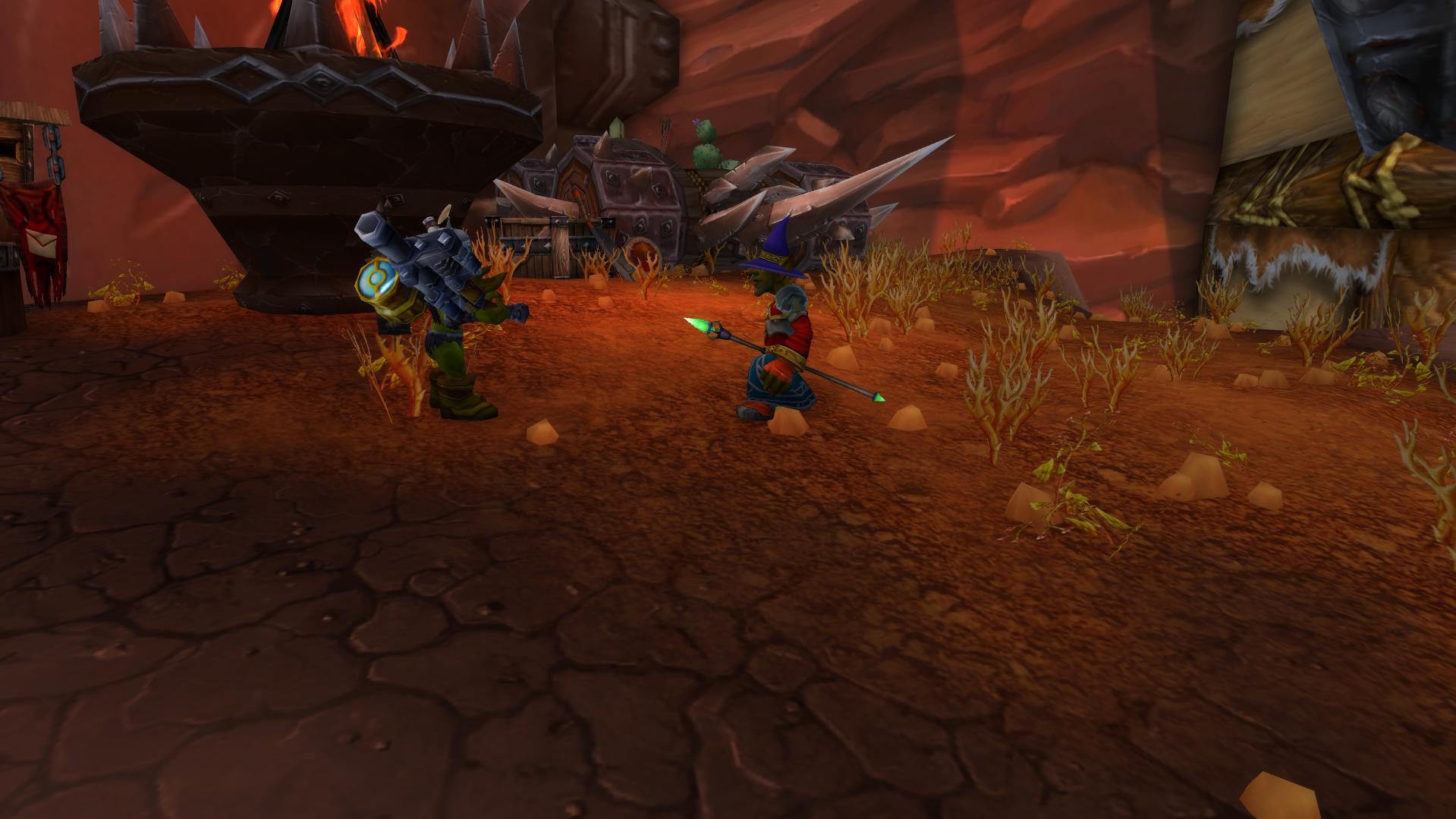
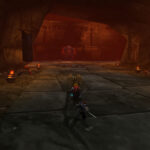

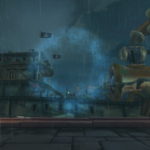
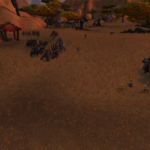
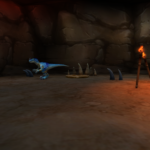
Leave a Reply